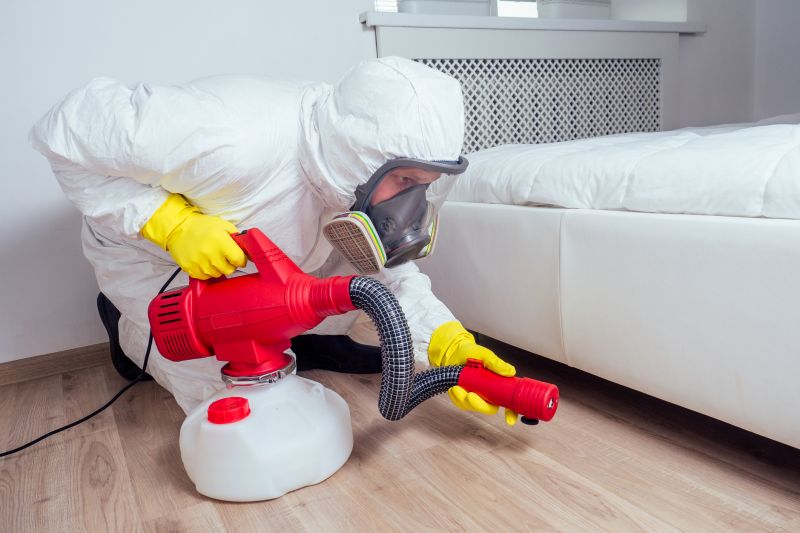Understanding the Cost of Frog Eradication

Larger infestations typically require more resources and extended efforts, increasing overall costs.

Remote or difficult-to-access areas may incur higher transportation and logistical expenses.

The choice between chemical, biological, or physical removal influences the total expenditure.
| Factor | Cost Range |
|---|---|
| Small infestations | $1,000 - $3,000 |
| Medium infestations | $3,000 - $7,000 |
| Large infestations | $7,000 - $15,000 |
| Remote locations | $2,000 - $8,000 extra |
| Chemical treatment | $500 - $2,000 per application |
| Biological control | $10,000 - $25,000 |
| Physical barriers | $3,000 - $10,000 |
| Monitoring and follow-up | $1,500 - $4,000 |
The costs associated with frog eradication vary significantly depending on the scope and complexity of the project. Small-scale efforts focusing on localized populations tend to be more affordable, whereas large-scale or hard-to-reach infestations require substantial investment in specialized equipment and personnel. The selection of eradication methods also influences expenses; chemical treatments may involve recurring costs, while biological controls often demand higher initial investments but can be more sustainable long-term.

Costs include purchase or rental of sprayers and safety gear, affecting total expenses.

Expenses cover procurement and application of natural predators or pathogens.

Physical removal tools and barriers contribute to upfront costs for physical eradication methods.
| Service | Average Cost |
|---|---|
| Manual removal | $2,000 - $5,000 |
| Chemical eradication | $3,000 - $10,000 |
| Biological control | $10,000 - $25,000 |
| Barrier installation | $4,000 - $12,000 |
| Monitoring services | $1,500 - $4,000 |
| Habitat modification | $5,000 - $15,000 |
| Environmental assessment | $2,000 - $6,000 |
| Follow-up treatments | $1,000 - $3,000 |
| Consultation services | $2,500 - $8,000 |
